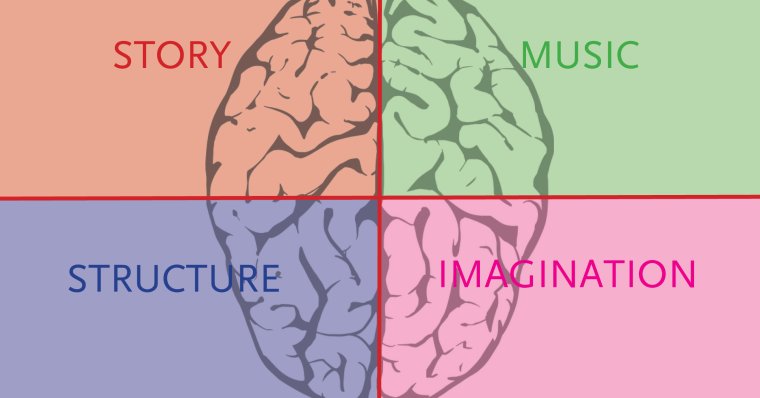This is the tenth in a series of micro craft essays exploring the finer points of writing. Check back each week for a new Craft Capsule.

***
I attended a high school geared toward professions in science or technology, so I have an active analytical streak and crave objective rubrics for understanding the wildly creative poems, stories, and essays that I read. I suspect I’m not alone in this.
One of my mentors, Gregory Orr, articulated four “temperaments” of poetry in a 1988 essay titled “Four Temperaments and the Forms of Poetry.” You can envision these facets of craft as quadrants, positioned on an X-Y axis. To the left, limiting impulses: “Story” in the upper quadrant and, below it, “Structure.” To the right, impulses that extend limitlessness: “Music” in the upper and, below it, “Imagination.” Though designed for poetry, I find these temperaments useful for prose as well. As writers, we each typically favor two of the four in our work. Which temperaments bring you to the page? Which come easiest to you? Which do you need to consciously strengthen in your work?
This system gives us a way to articulate differences in aesthetic without ranking them. I’m relieved to set aside presumptive hierarchies. I suspect I’m not alone in this.
Sandra Beasley is the author of three poetry collections, including Count the Waves (Norton, 2015), and a memoir. Her website is SandraBeasley.com.







